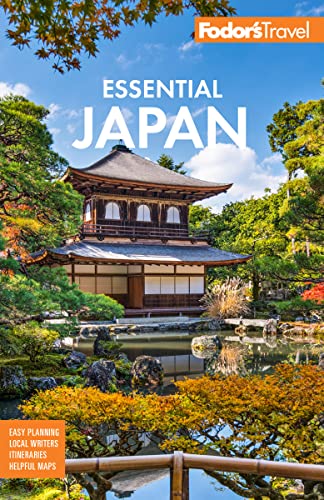Hagi is virtually surrounded by two branches of the Abu-gawa—the river's south channel, Hashimoto-gawa, and the river's northeast fork, Matsumoto-gawa. Rising in great semicircles behind the sleepy town are symmetrical waves of shadowy mountains, while before it stretches a sparkling blue sea.
Hagi is rich with history, and, owing to its remoteness, retains the atmosphere of a traditional castle town—though, unfortunately, its castle was a casualty of the Meiji Restoration. Turning away from feudalism to support the new order, the city was of critical importance in the 1865 to 1867 movement to restore power to the emperor. Japan's first prime minister, Hirobumi Ito (1841–1909), was a Hagi native.
Hagi is also famous for Hagi-yaki, a type of earthenware with soft colors and milky, translucent glazes ranging from beige to pink. The esteemed local ceramics industry began in the 16th century when a Mori general brought home captive Korean potters (perhaps his consolation for a failed invasion) to create pottery for their new masters. The visually soothing Hagi-yaki is second only to Raku-yaki as the most coveted pottery in Japan, and it does not come cheaply, except during the annual price-friendly Hagi-yaki Festival every May 1–5.





